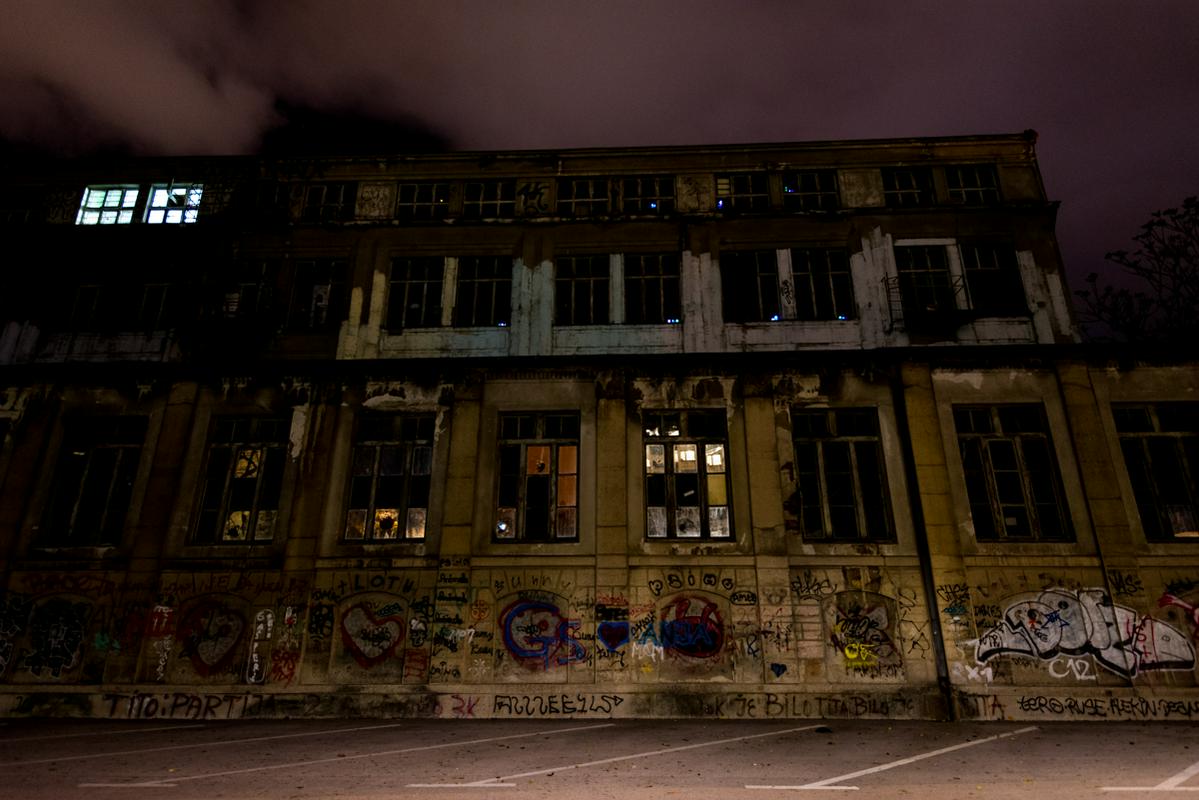
On the banks of the Ljubljanica River in the Slovenian stands an abandoned factory. Covered in graffiti and with broken windows, it rarely attracts the attention of passersby, but was the home of one of Slovenia’s most famous brands.
It story began in 1905, when France Batjel opened a bicycle factory in the town of Gorizia. After World War I, Gorizia became a part of Italy and Batjel had to move the operations to Ljubljana. His company, Tribuna, eventually employed some 70 people.
Batjel died in 1940, but after the war, the Communist authorities decided to revive the operations under the “Rog” brand. In 1953, they set up a big new plant in a former leather factory on the Ljubljanica River.
Rog’s first bicycle models were solidly built but mostly utilitarian in their conception. In the 1960s, however, the company decided to launch a model in line with the latest Western European trends. A team of engineers toured the factory where Italy’s popular Graziella bikes were made. A few months later, they introduced the Pony, a bike closely based on the Italian design. In fact, the similarities were so apparent that the Italian manufacturer threatened to sue Rog for stealing parts of their design. The team at Rog ultimately made some changes to the bike and a legend was born.
The Pony was practical, inexpensive, and easy to maintain. It became a hit throughout Yugoslavia and it made Rog a household name. The demand was so high that a second manufacturing base was opened in Bosnia-Herzegovina.
Many Ponies were exported; some even to the United States. The success of the design enabled Rog to expand its product line, and it also eventually began to make high-quality racing and mountain bikes.
With Slovenia’s independence, Rog’s success story came to a close. Imported bikes that offered state-of-the-art technology at competitive prices flooded the market, and the company lost much of its lucrative Yugoslav market. Rog could not adapt to the changed market conditions and it began to reduce its output. In 2005, it declared bankruptcy and stopped all production. A tradition of bicycle making that had spanned more than a century came to an end.
Rog’s former factory became a venue for various workshops and rock concerts, but its condition has continued to deteriorate. Several plans to restore the storied buildings have been put forward, but so far, investors have stayed away. The dilapidated structure is awaiting the day when life will return to the place where one of Slovenia’s most famous brands was born.


































































